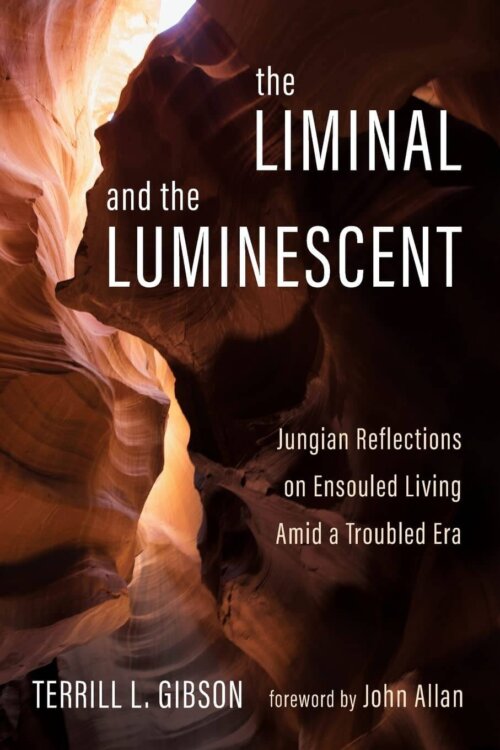Reviving Jung for the Twenty-First Century: A Review of Terrill Gibson’s “The Liminal and the Luminescent”

Terrill L. Gibson. The Liminal and the Luminescent: Jungian Reflections on Ensouled Living Amid a Troubled Era. Eugene: OR, Wipf and Stock, 2021.




